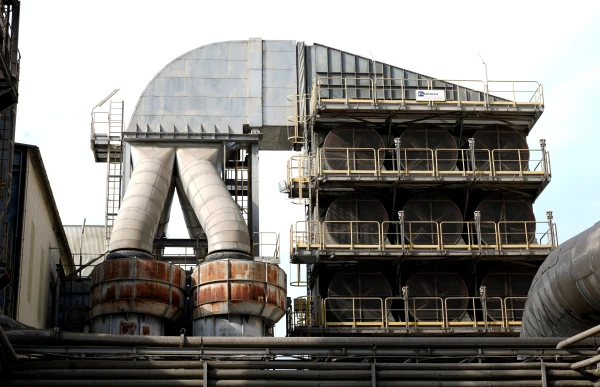
The promising document "The Economy of Latvia — Productivity, Competitiveness, Growth" promised to double the gross domestic product in a decade, reaching 83 billion euros per year.
By 2035, labor productivity in our republic was planned to be equal to the indicators of the European Union. However, on the way to these goals, the country would need to increase GDP by 4-5% annually, exports would ideally make up to 80% of the economy, and private investment growth would need to reach 25% of the GDP. None of this is currently happening.
The Circle of Revolutionaries is Narrow
There is another important circumstance — the EU does not need any industry in our country, but "green" industry. After all, the Old World has set an ambitious task — to become a completely climate-neutral part of the world by the middle of the 21st century, where the amount of carbon dioxide emitted equals the amount absorbed. And if there is anything above the norm — it must be stored! What to do with these reserves later is unclear, but in the depths of Brussels, the abbreviation CCS (Carbon Capture, Utilisation and Storage) has already been invented.
Currently, in our country, the largest sector by gross product remains — the same wood processing, accounting for 20% of the entire industry, or about 1 billion euros.
As of now, in Latvia — "there are no identified projects for climate-neutral production technologies that could qualify as strategic projects, but there are enterprises contributing to the transition to greener energy."
For instance, Aerones Engineering LLC is developing high-performance drones that service wind turbines, including ice removal, painting, and applying special protective materials. NACO Technologies is developing and offering equipment for applying nanocoatings for hydrogen technology production (electrolysis and fuel cells) for bipolar plates.
Protiumtech — a new Latvian enterprise, specializes in innovations in green hydrogen production, developing and commercializing membrane-free water electrolysis systems using a unique two-step electrolysis process.
For example, the energy company Gren intends to use CO2 capture equipment that will be extracted at the planned waste regeneration station.
By the way, China is already significantly ahead of the European Union in "green" energy, but technological solutions from the Middle Kingdom have been banned in Brussels.
"Investments in the electricity grid will require a larger volume of modern electrical network equipment and materials produced in the EU," the document from the Ministry of Economics states. "Therefore, production is encouraged and supported in Latvia." In the area of CO2 capture and storage, plans exist for the cement manufacturer Schwenk. If there is no progress in this area, starting from 2040, all such plants in Europe may have to cease their economic activities, as emission quotas may become unavailable for purchase.
This is how Brussels approaches us with a long stick. And this is in a country where the industry, along with construction, accounts for only 26.32% of energy consumption — compared to 26.79% for households and 28.18% for transport!
A Nano-Ministry is Needed
Of course, no one wants to close factories and plants. Therefore, the Ministry of Economics, under the leadership of Viktors Valainis (Union of Greens and Farmers), decided to create a "single contact point" for implementing EU climate policy based on the Latvian Investment and Development Agency (LIAA). It is expected that LIAA will provide:
- Information on administration, streamlining, applications, and their consideration;
- Licenses for zero-emission technologies for enterprises that will be geographically concentrated in "valleys" (like Silicon Valley in the USA);
- "Sandboxes" to promote innovation, particularly in the field of electrical network equipment and materials.
Of course, there are also risks. The Ministry of Economics states: "Technologically advanced countries — Germany, China, or Denmark dominate the production of climate-neutral technological installations (for example, solar panels, wind turbines). Latvia will find it difficult to enter this market without a unique offering or lower costs...
The small Latvian market and limited capital from private investors may hinder production development. The availability of EU funds is significant, but bureaucracy or strict conditions may delay funding.
A lack of skilled labor may slow down the development of innovations and production. To train qualified specialists, the education system will have to adapt. Currently, there is not enough demand for such equipment in Latvia (for example, from the industrial or energy sector), so manufacturers will have to focus on exports, which requires high competitiveness."
Industry — to the Regions?
So where should the infamous "valleys" of Latvia be located — the Ministry of Economics has its preferences on this matter.
"For example, in Latgale or Zemgale in the field of bioeconomy (biofuels), in Kurzeme in the area of wind energy and hydrogen technologies, in order to reduce population decline in the regions and create the development of new sectors of the economy and, consequently, an increase in the income base."
However, despite the mention of cooperation between the educational and scientific systems with the industry in the state document, future productions are not planned to be built in Riga. Although the capital provides what can be considered high-tech, centered around the University of Latvia, Riga Technical University, and the Institute of the Academy of Sciences. Is it really impossible to allocate at least 1% of the promising development zones in the 307 square kilometers of the Riga municipality? But for this, the infamous political will is needed. Recently, it has manifested in all sorts of energy outbursts, but — not in a constructive manner.
Meanwhile, our city was a pioneer in high technologies at the end of the 19th – beginning of the 20th century. The Russo-Baltic Electrical Engineering Plant was established in 1888 by German Heinrich Dettmann. Ten years later, Belgian capital came in, and the business was named Union. In 1904, it was bought by the German AEG. Trams were launched across Russia using Riga's equipment. And a decade and a half later, there was already a national flagship, VEF.
But back then, it was all about the Empire, with a closed market and a mass of landless Latvian peasantry ready to work — just to leave for the city. Since then, the goal-setting of the local workforce has changed significantly. Therefore, it is much more likely that the factories of the future will be built somewhere in Southeast Asia. And here there will be — a museum.




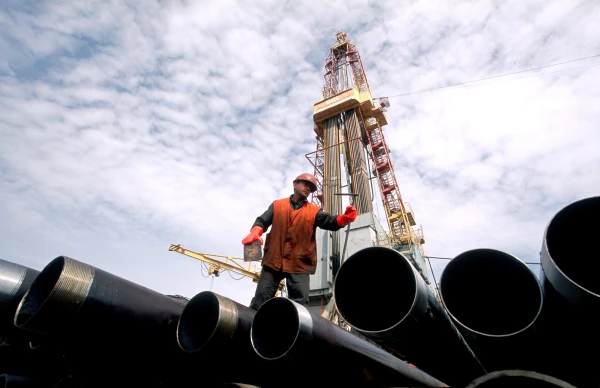
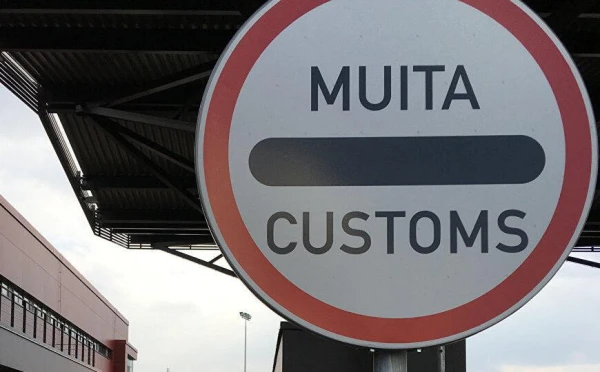


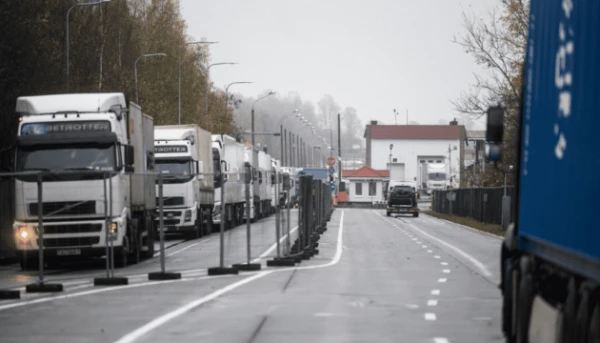
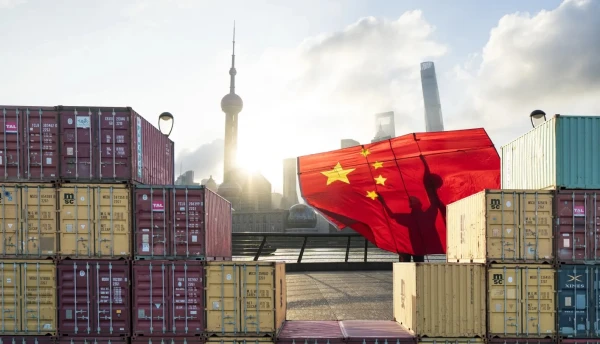
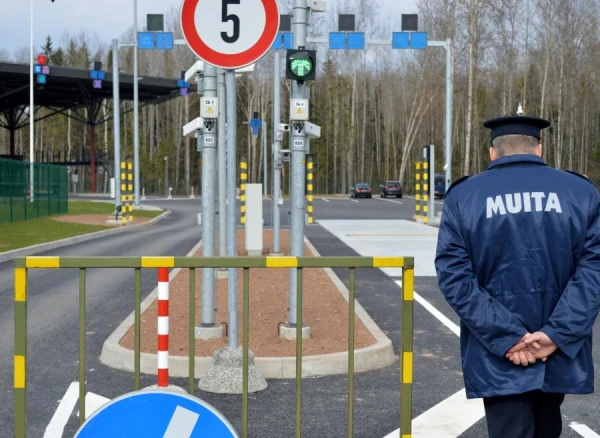
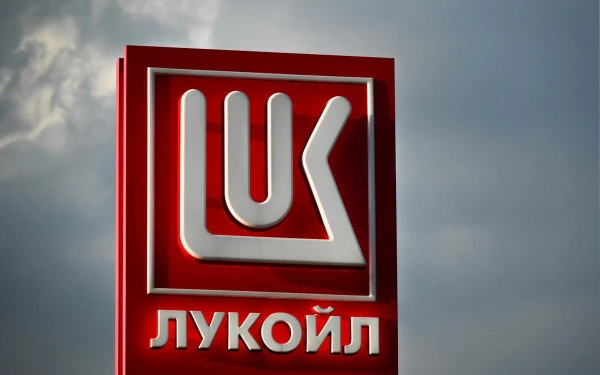

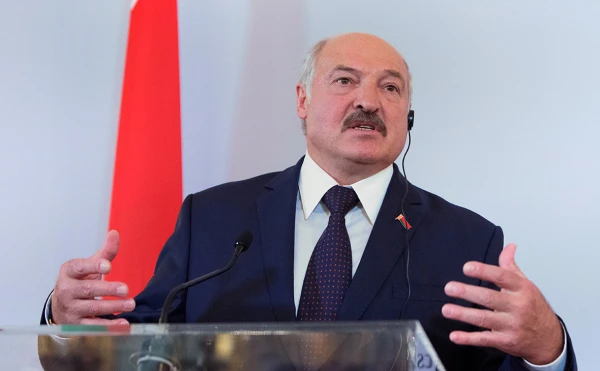

Leave a comment